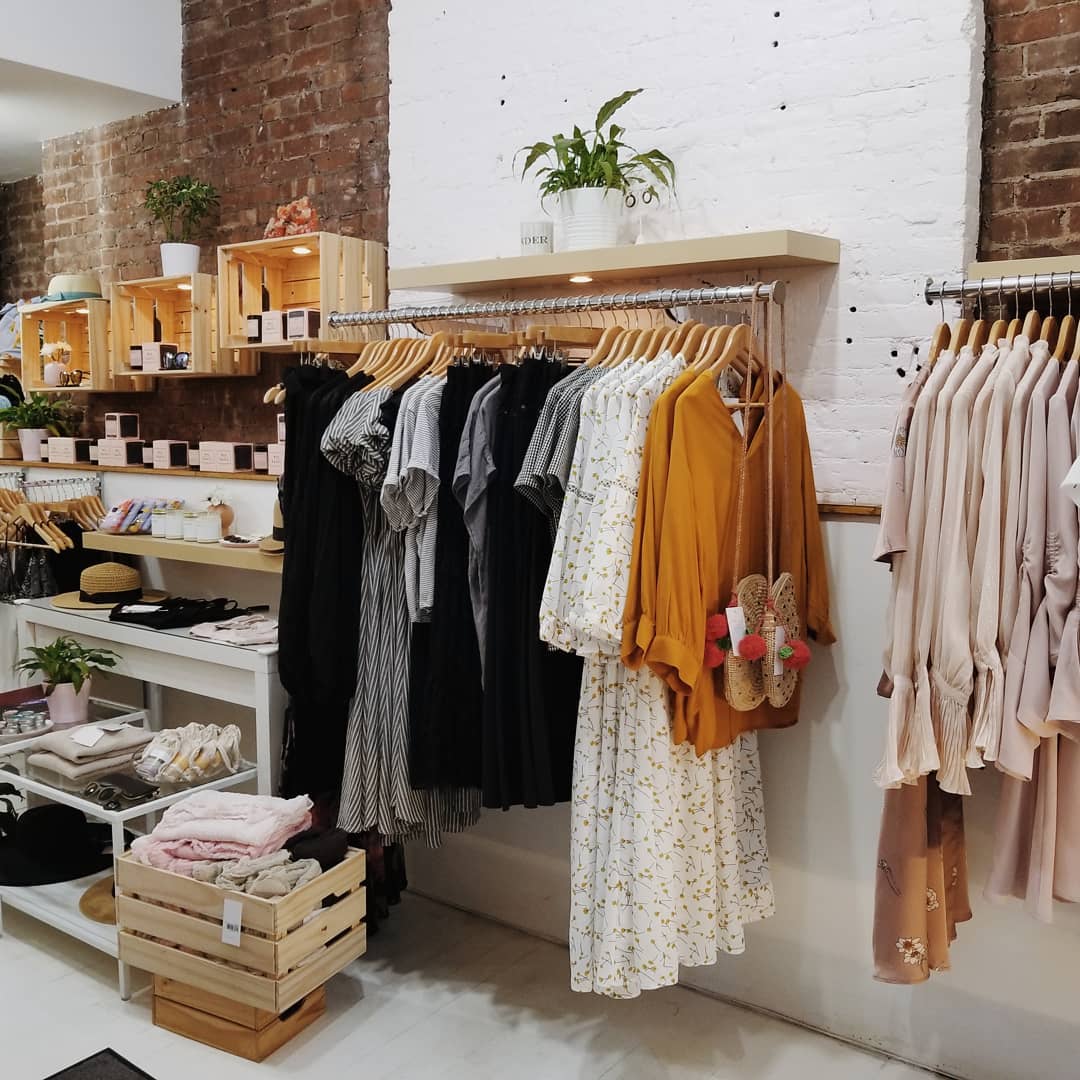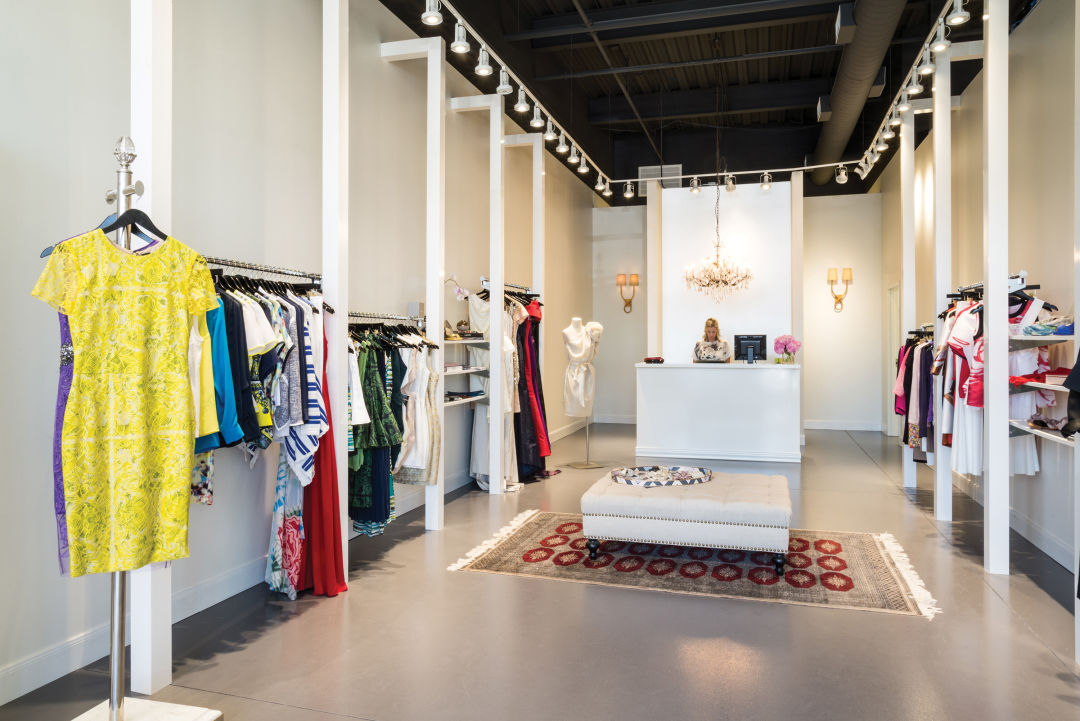Introducing the Tricks Behind Affordable Boutique Fashion
Introducing the Tricks Behind Affordable Boutique Fashion
Blog Article
A Deep Dive Into the World of High-Fashion Runways: Comprehending Garments as Art
Developers, a lot like skillful artists, weave intricate stories through material, form, and color, redefining and challenging traditional norms beauty requirements. As we explore these sartorial eyeglasses, we must consider: what function does style play in forming societal worths, and how does it reflect the ever-changing tapestry of human emotion and identity?
The Development of Runway Reveals
The trajectory of path programs has actually changed dramatically over the decades, developing from exclusive sector occasions to captivating spectacles that mix fashion with art. Traditionally, runway shows were intimate events, kept in ateliers or tiny locations, largely attended by customers and industry experts. These early presentations concentrated on the garments' workmanship and industrial viability, using a straight and useful screen of seasonal collections.
As the fashion market increased, the nature of runway shows began to alter. The 1970s and 1980s noted a turning factor, with developers seeking to distinguish themselves through even more staged presentations.
Over the last few years, modern technology and social media sites have further revolutionized path shows, making them obtainable to a global target market. Livestreaming and digital systems have actually democratized fashion, permitting lovers worldwide to witness these events in real-time (boutique fashion). This evolution shows a more comprehensive cultural shift, where high-fashion paths act as a dynamic crossway of advancement, efficiency, and style
Designers as Enthusiast Artists
Designers in the high-fashion sector have actually obscured the lines in between useful garment development and the conceptual realm of art. By embracing artistic self-controls such as sculpture, paint, and progressive installations, designers craft garments that challenge standard fashion norms and elevate them to art types.
Visionary developers draw inspiration from a myriad of resources, consisting of abstract art, historical references, and individual narratives. They have a distinct capacity to imagine and emerge ideas that push the limits of traditional fashion, usually redefining visual paradigms in the process. This imaginative ingenuity is showcased via remarkable shapes, innovative products, and complex craftsmanship, which invite audiences to experience style as greater than simply wearable items.
Moreover, the runway works as a canvas for these artists, where lights, songs, and established design coalesce to produce immersive experiences. These presentations are not just screens of apparel however are coordinated performances that stimulate emotion and prompt thought, affirming the developer's role as a real musician in the modern social landscape.
Social Influences in Style
Social tapestry weaves its detailed patterns into the fabric of style, affecting developers globally. The dynamic interchange of cultural stories, traditions, and signs informs and influences collections that poise high-fashion runways. Designers meticulously draw from their heritage or engage with cultures distinctive from their own, crafting garments that offer Discover More as aesthetic narratives. This social discussion not only enriches the aesthetic variety but likewise promotes a much deeper understanding and recognition of worldwide identifications.
The impact of culture on fashion is often seen in the reinterpretation of standard garments and patterns. The usage of Japanese kimonos, Indian saris, or African prints in modern fashion reflects a mix of social authenticity and contemporary looks. Designers such as Valentino's Pierpaolo Piccioli and Alexander McQueen's Sarah Burton have been understood to include abundant social motifs right into their couture collections, converting history into wearable art.

Advancement in Fabric and Design
Development in textile and layout continually reshapes the landscape of high-fashion, pressing boundaries and redefining opportunities. Designers are progressively checking out the combination of modern technology, such as 3D printing, which enables for the production of complicated structures that were formerly unthinkable.
Furthermore, sustainability has come to be a pivotal theme in material development. The fashion business is witnessing a rise in making use of environmentally friendly materials, acquired from recycled plastics, natural fibers, and even naturally degradable components. These advancements not only offer new textures and appearances however likewise address crucial ecological issues. Developers are accepting these products to craft garments that are both aware and aesthetically striking of their environmental footprint.
In terms of layout, speculative kinds and progressive silhouettes are continuously reinventing the path. By including unique products and innovative strategies, developers cultivate garments that blur the line in between fashion and art, establishing brand-new criteria for imagination and expression in the high-fashion sphere.
Effect of Fashion on Culture
Fashion wields an extensive influence on society, acting as both a representation of social identification and a driver for social adjustment. With its evolution, style has mirrored social changes, enveloping the zeitgeist of different periods. For example, the flapper dresses of reference the 1920s symbolized a newfound sense of ladies's freedom, while the bold prints of the 1960s echoed the advanced spirit of the time. High-fashion paths, you can try here specifically, work as platforms for difficult norms and redefining elegance standards. Developers use these places to attend to pressing social concerns, from sustainability to diversity, thus shaping public discourse.
Additionally, fashion has the power to bridge cultural gaps, fostering understanding and appreciation amongst diverse teams. As globalisation accelerates, the cross-cultural exchange of style concepts ends up being significantly significant, promoting inclusivity and variety. The increase of streetwear, stemming from metropolitan subcultures, shows how fashion can go beyond socio-economic limits, providing people a method of self-expression and empowerment.
In significance, style is not just about looks; it is a dynamic pressure that affects worths, mindsets, and social development (boutique fashion). By constantly communicating with social and social currents, fashion remains an important part of the collective human experience

Final Thought
Developers, similar to visionary musicians, manage collections that show identity, emotion, and social narratives, challenging traditional aesthetic appeals. This crossway of fashion and creativity not only captivates target markets worldwide yet also influences societal assumptions and advertises a deeper recognition for social variety.

Social tapestry weaves its detailed patterns right into the fabric of fashion, influencing designers globally.Fashion possesses a profound influence on culture, offering as both a reflection of social identity and a driver for social modification.
Report this page